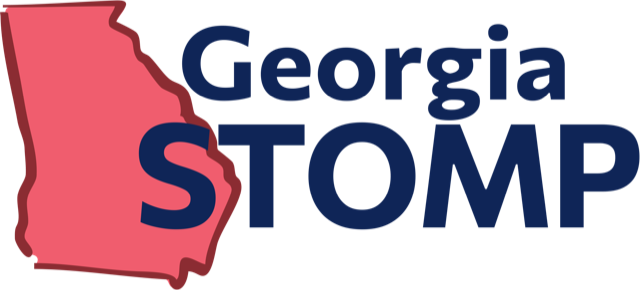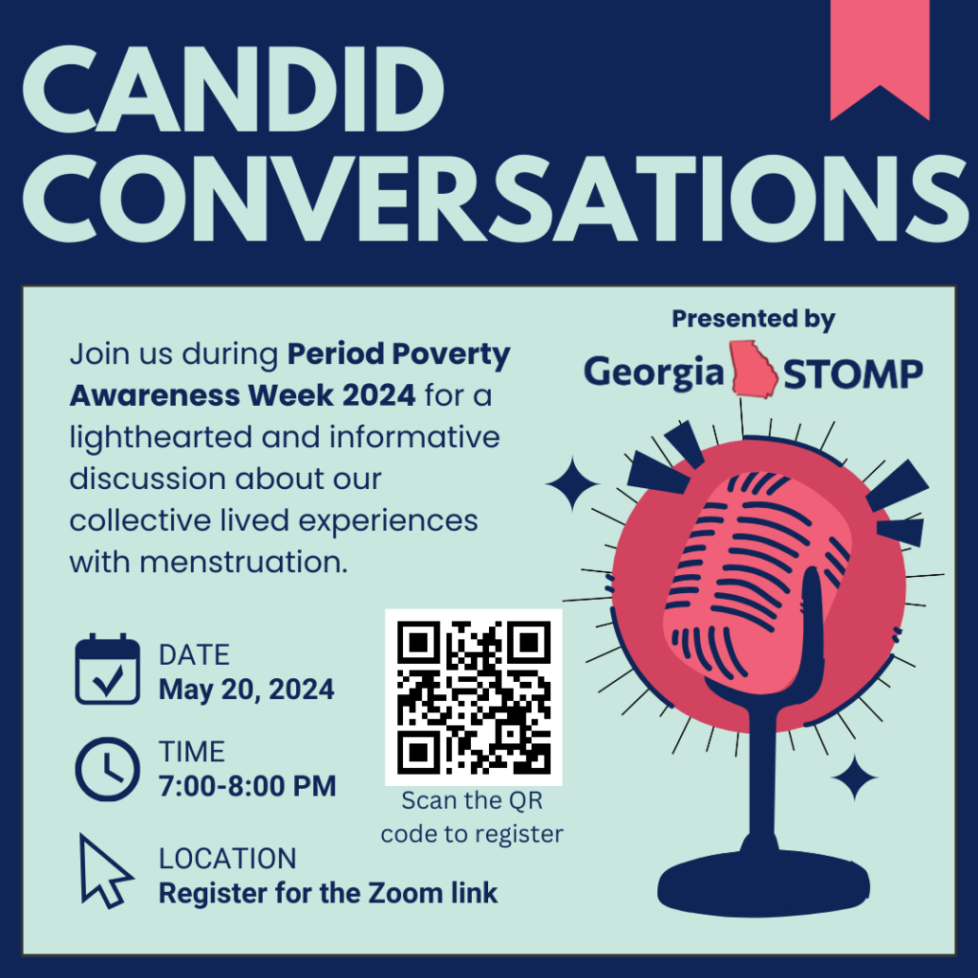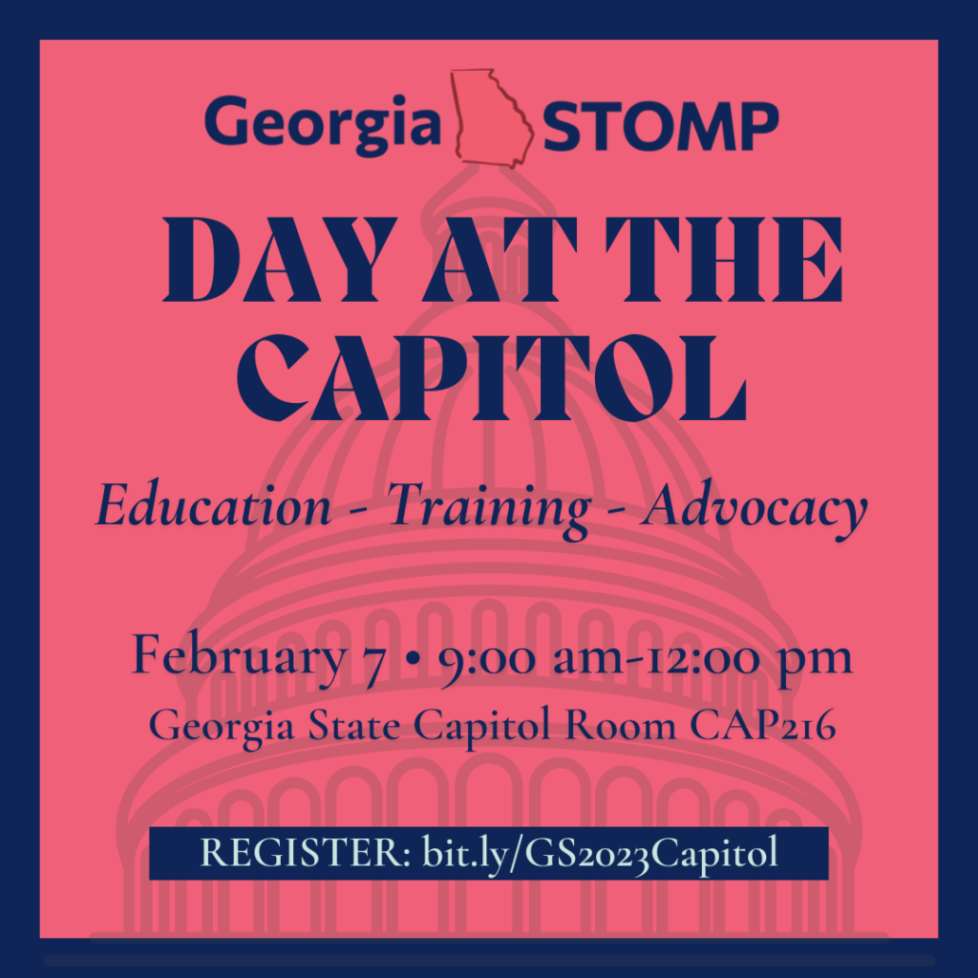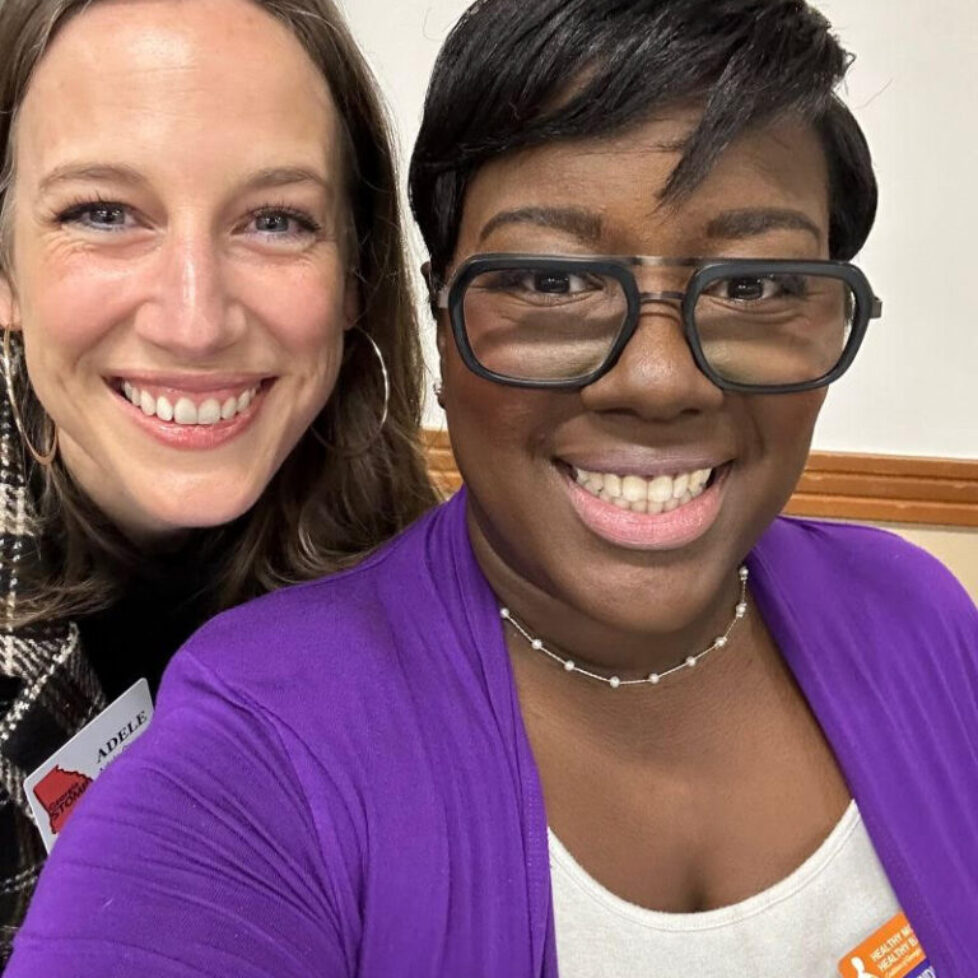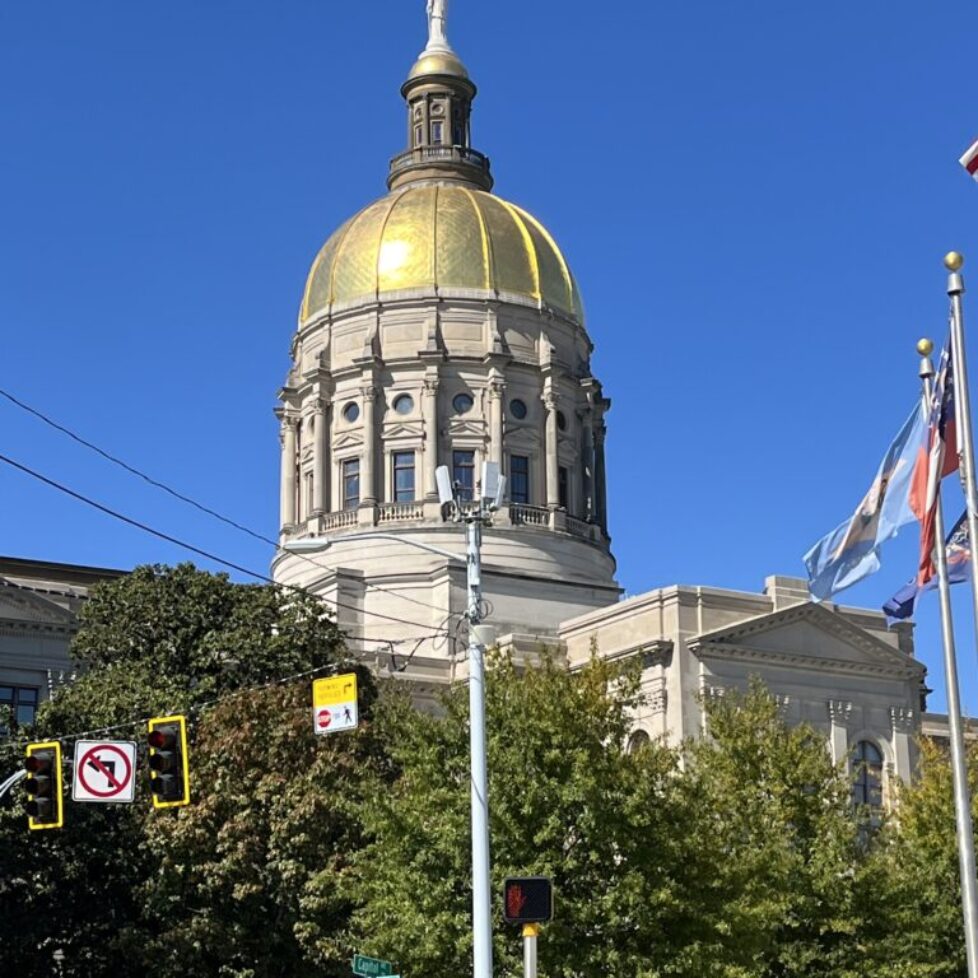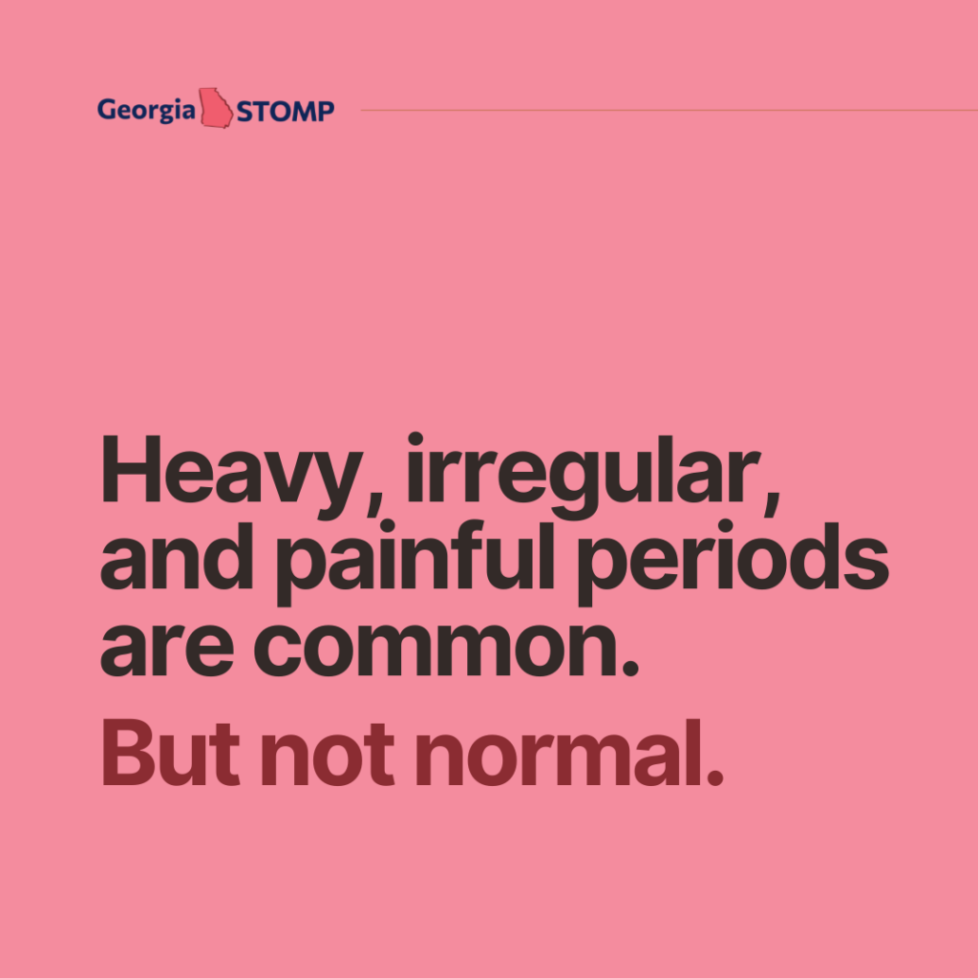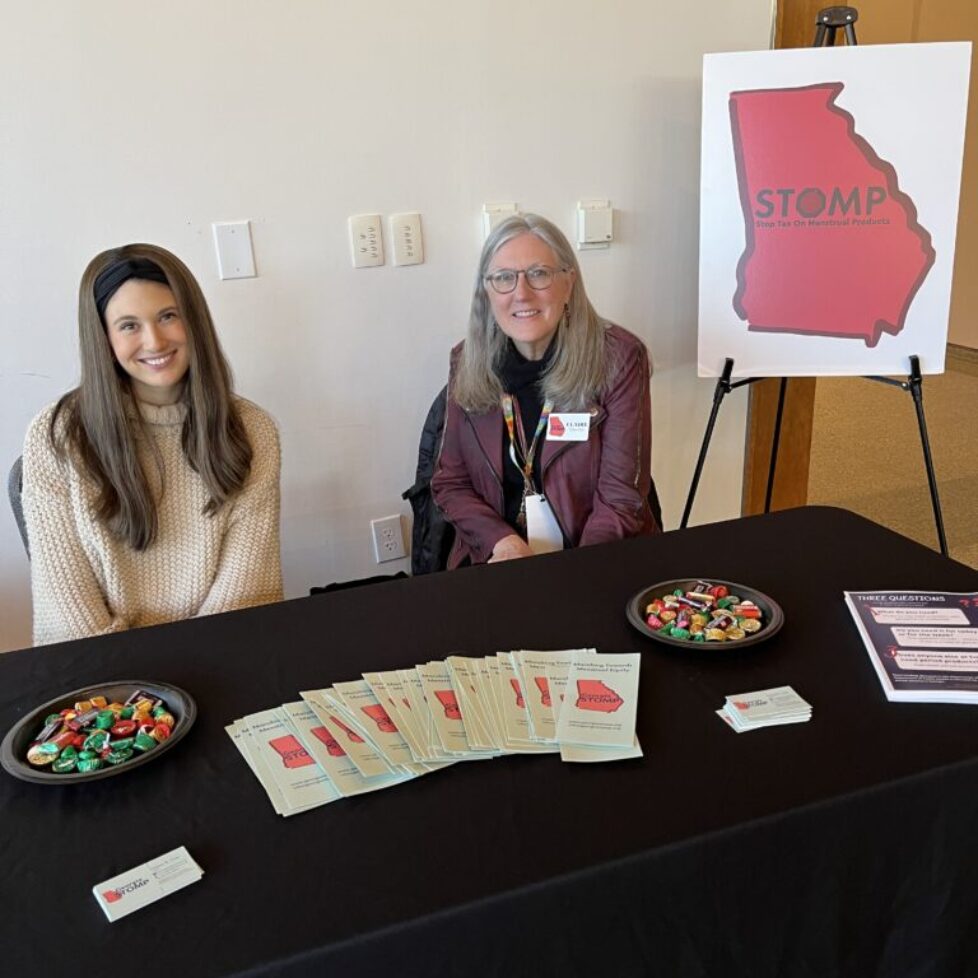Georgia STOMP: Why is puberty education important?
Sommer: Puberty education is hugely important because it’s a phase of life when young people are experiencing so much change as their bodies develop – ranging from the more obvious physical changes to the emotional and cognitive changes to the ways in which their families, peers and the wider world start to engage with them differently socially. It’s essential that young people understand what is happening so that they can feel confident and knowledgeable about all that is happening, and not confused, scared, or anxious about the experiences. We also know that young people who feel informed and supported as they undergo the many changes of puberty are more likely to have healthier outcomes, ranging from the physical to the mental and social.
Georgia STOMP: What are 2-3 key takeaways from your research on puberty education?
Sommer: There are so many key takeaways! However if I were to narrow it down I’d say: 1) Girls across the country are still not receiving adequate practical guidance and support as they reach puberty and transition through early adolescence; 2) It’s essential to prepare girls in advance of their first period to reduce their fear and confusion at seeing menstrual blood for the first time.
Georgia STOMP: How was the Girl’s Guide developed? What differentiates it from traditional public school-based puberty education?
Sommer: We developed the Girl’s Guide after doing participatory research with girls across the country, capturing first period stories from girls in 25 states, and also interviewing parents, teachers, coaches, school nurses, and others who engage with girls as they transition into and through adolescence. To be honest, it’s unclear what “public school-based puberty education” even is across the country as many states may not be providing any puberty information or if they are, it may be limited to the biological changes happening to the body. There may also be some school districts doing a wonderful job of providing thoughtful, practical information to girls and others who menstruate in their schools. What differentiates our book, I think, and why I would love to see it in every school library across the country, is that it incorporates the real stories of adolescent girls from across the US about their first period, along with their many questions — with answers in the book – so that we both normalize the experience of puberty and all the variation in peoples’ experiences, and we also keep the book very girl-centered.
Georgia STOMP: Are there benefits to involving boys in education about menstruation/puberty for people with periods?
Sommer: Absolutely! Both girls and boys – and all young people – experience so many changes as they transition into and through adolescence and the more they understand about the others’ changing bodies, the less they are likely to tease each other, and instead will hopefully be supportive. We reduce the stigma and embarrassment. That said, sometimes young people do want to learn about such changes privately – whether it’s reading a book alone, which is our thought for the Girl’s Guide, or with other young people experiencing the same changes that they are encountering. So it’s important to provide the puberty education in a way that helps young people to feel most comfortable.
Georgia STOMP: Feel free to share anything else that I did not ask that you feel is important.
Sommer: We developed the book with appreciation for how uncomfortable many parents/caregivers are talking about these topics – and the same for girls. Our recommendation is that the books are provided to young people to read on their own, but with the encouragement to seek out trusted sources of information if they have additional questions – just as we advise in the book.

